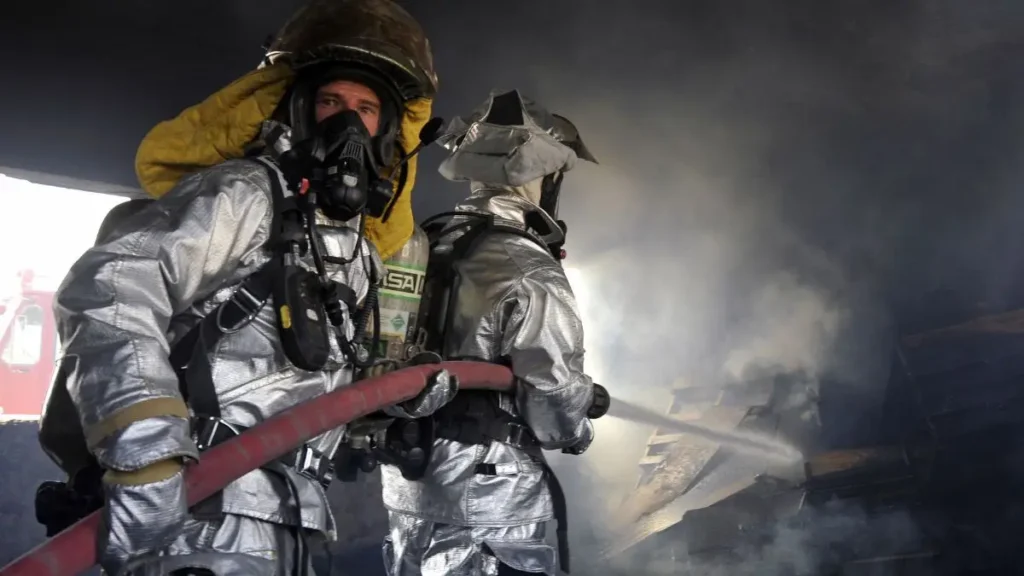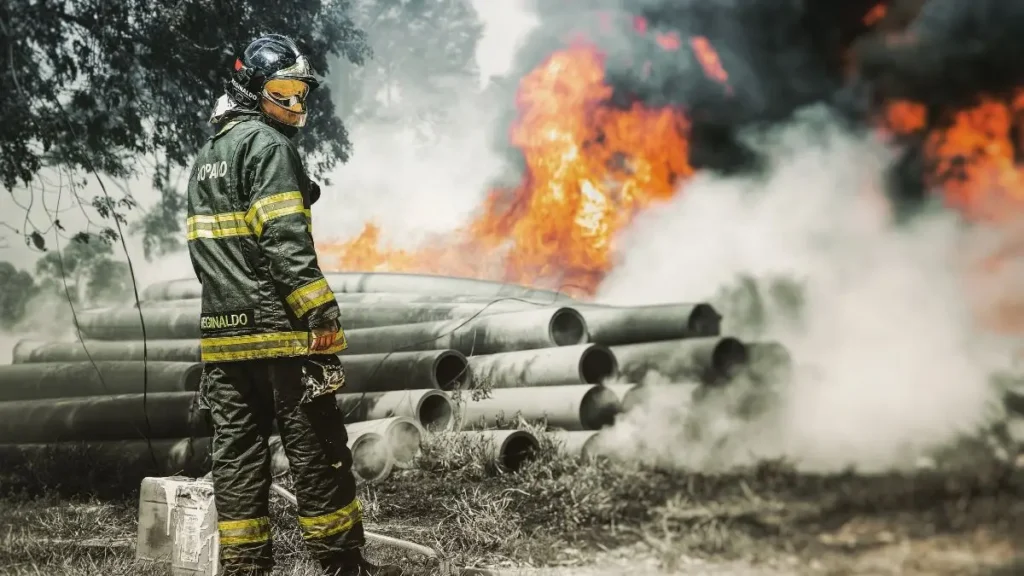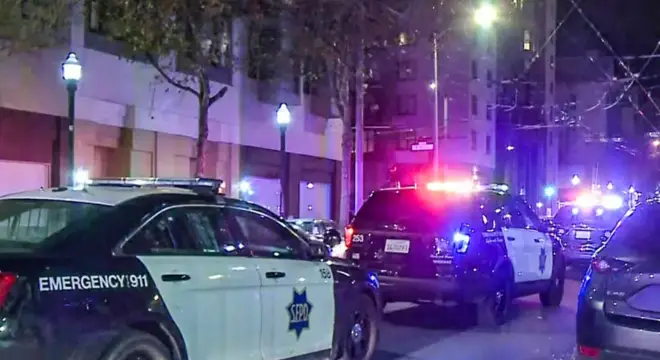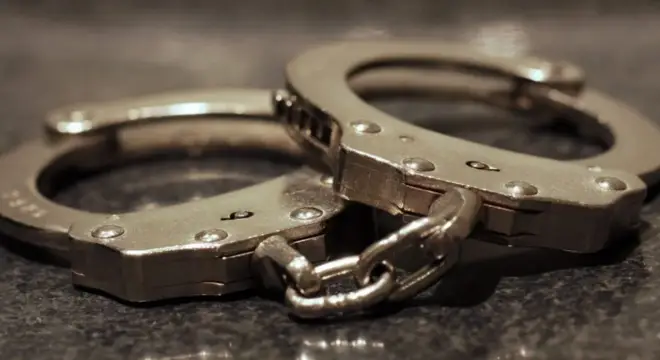North Tonawanda Fire Causes Total Loss, Family Left Searching for Shelter
I keep thinking about how quickly a normal morning can flip your whole life. While most families in North Tonawanda were worrying about turkeys, grocery lists, and last-minute Thanksgiving plans, Belynda Zornick was standing in front of a home she’d lived in for decades… watching it burn.
When I read her story, the first thing that hit me was how ordinary the moment was right before everything went wrong. No warning. No time to think. Just flames in the dark, windows bursting, and the instinct to run with your kids, your pets, and whatever hope you can grab in those few seconds.
If you live in a quiet neighborhood, you expect safety. You expect that your home — especially one that’s been in your family for 40+ years — will always be there. That sense of security disappeared for Belynda in minutes.
And as someone who studies these incidents closely, I can tell you this: moments like this don’t just change your day. They break your sense of normal. They force you to rebuild not just walls, but confidence.
Before we get into what happened, what investigators know, and what every homeowner should learn from this, I want you to picture something simple:
If this happened on your street, how prepared would you be?
How the Fire Started and What the Family Saw?

When I went through the details Belynda shared with WIVB News 4, one thing stood out: the fire didn’t begin inside the house. It started outside. That changes the entire dynamic of a blaze. Outdoor-origin fires spread faster, climb walls quickly, and often break windows before anyone even smells smoke.
Belynda said the first thing they noticed was the glow — flames outside the Jesella Drive home — and then the chaos began. Windows imploding. Sharp popping sounds. Heat pushing into the rooms. At that point, you don’t think about belongings or the house you grew up in. You think about kids, pets, and survival.
Inside the house were five people — Belynda, her two children, the children’s father, and a family friend. They got out with seconds to spare. But not everyone made it. Two pets didn’t survive the fire, and one cat, Jax, is still missing.
If you’ve ever been in an emergency where every second feels like a punch to your chest, you know exactly what this kind of escape feels like. Your senses go numb, but your instincts take over.
And here’s what I want you to pay attention to: A fire starting outside the home usually means something triggered it — electrical, materials stored outside, a heat source, or sometimes something more concerning.
That’s why the next part matters.
The Heartbreaking Losses No One Prepares For
It’s one thing to lose a house. It’s another thing to lose the meaning inside it.
This home wasn’t just walls and furniture. Belynda’s family had lived there for more than 40 years. Four decades of memories. Photos. Navy memorabilia from her father. Childhood items. Family history. Every corner held a story.
And the pain in her words says everything: “I just want my home back… all my dad’s pictures… I have nothing left.”
There’s also the part she hasn’t even faced yet — telling her 19-year-old son, who’s currently in Navy boot camp in Chicago, that the home he grew up in doesn’t exist anymore.
People talk about fire damage like it’s a financial issue. But the real wound is emotional. Things you can’t replace. Stories tied to objects. Pieces of people you’ve loved.
And yes — two pets gone, one missing — that kind of loss changes you in ways most people never talk about.
I was reminded of a similar incident in Camillus, where a family also lost a loved one and their home in a sudden fire — you can read that story here: House Fire in Camillus Leaves One Dead.
What Investigators Know So Far?
Right now, officials are still determining what caused the fire. When a blaze starts outside a home, investigators usually have a broader set of possibilities to examine:
- electrical issues on the exterior
- porch or deck ignition
- discarded smoking materials
- wiring near outdoor fixtures
- vehicle-related sparks
- accidental ignition from stored items
- foul play (which they typically rule out or confirm after deeper review)
The fact that Belynda mentioned “popping” sounds and windows imploding points toward extreme heat buildup, which happens when flames climb exterior walls rapidly.
But here’s the reality most people don’t know:
Exterior-origin fires can be harder to trace, because many clues burn away before firefighters arrive.
Investigators will likely analyze burn patterns, exterior material behavior, and ignition pathways. It’s a long, slow process… especially when the structure is a total loss.
Until officials confirm something, every possibility stays open.
The Financial Hit That Makes This Even More Devastating
There’s a part of this story that a lot of people will overlook, but it matters more than anything:
Belynda didn’t have homeowners insurance.
Not because she didn’t want it — but because she couldn’t get it yet.
When she signed the deed, she was required to fix the roof, electrical issues, and plumbing before she could qualify for coverage. She planned to get the roof done next year after her tax return, and insurance would follow.
Most people don’t realize how common this is.
A lot of older homes fail initial insurance inspections, especially in small cities like North Tonawanda. Repairs take time. Money takes time. And life doesn’t stop while you try to catch up.
In her case, time ran out.
No insurance means:
- no payout
- no rebuilding funds
- no financial cushion
- no immediate next steps
It’s a total-loss situation in the harshest sense. And this is the part where most families break — not from the fire, but from the aftermath.
Fast-moving fires like this aren’t rare — a tragic example happened in Washington State, where an 11-year-old boy and three pets were lost as flames swept through the home within minutes: Washington State Home Fire Kills 11-Year-Old Boy and Three Pets.
The Community Support That’s Keeping Her Going
If there’s one part of the story that gives you a little hope, it’s this: the community showed up.
Neighbors have been trying to help find Jax, the missing cat. Friends are sifting through debris with her, trying to save whatever survived the flames. People are showing up, checking in, and doing whatever they can to soften the blow.
When you lose a home, you lose your anchor. But when people around you stand with you, that anchor rebuilds slowly — even if the house doesn’t.
In moments like these, community becomes the only reason someone doesn’t give up.
And honestly, that support is probably the only thing keeping Belynda upright right now.
A Clear Timeline of the North Tonawanda Home Fire

Whenever a fire destroys a home this quickly, I find it helpful to break things down into a simple timeline. It makes the chaos easier to understand — and it helps you see how little time families actually have to react.
Here’s how everything unfolded:
- Early Friday morning: Flames appear outside the Jesella Drive home.
- Seconds later: The family hears popping sounds and sees windows imploding.
- Immediate response: Everyone inside runs for the exit — two adults, two kids, and a family friend.
- Within minutes: Smoke fills the home and the structure becomes unsalvageable.
- Firefighters arrive: They try to control the blaze, but at this point the damage is already irreversible.
- After the fire: They find two pets lost and one still missing.
- Now: The home is a total loss and investigators are trying to determine the cause.
When you look at the chain of events, you realize how fast everything happens. Most people think they’ll have “time to grab a few things.” But in real life, you don’t. Fires like this move faster than your brain can catch up.
By the way, I’ve been sharing quick safety updates and real-time community alerts on WhatsApp for people who want to stay aware of incidents like this — it’s helped a lot of families stay prepared.
Why Outdoor-Origin Fires Become Dangerous So Quickly?
There’s something about this incident that deserves more attention: fires that start outside a home are often deadlier and harder to contain.
Let me explain why in plain language.
When a fire begins outdoors — on a porch, near the siding, or around stored items — it climbs upward fast. Vinyl siding melts. Windows break. Heat fills the house before smoke alarms even activate. By the time you smell smoke, the exterior has already been ripped apart.
Those “popping” sounds Belynda mentioned? That usually happens when intense heat hits windows, light fixtures, exterior wiring, or pressure inside the house.
And here’s the part many people overlook: Outdoor fires can destroy the clues needed to understand how they started. Investigators have to study burn patterns on what’s left of the siding and exterior debris. If the structure collapses or melts, the origin point becomes harder to identify.
This is exactly why these fires feel so sudden — and why the family inside had almost no time to react.
What Every Homeowner Can Learn From This
I know stories like this feel heavy, but I want you to take something practical away from it. You can’t control every accident, but there are things you can do to reduce risks around your home.
Here are the lessons that stand out to me from this fire:
- Check the exterior of your home regularly. Old wiring, loose fixtures, overloaded outdoor outlets, or neglected siding can all become ignition points.
- Keep your porch and yard clutter-free. Cardboard boxes, stored furniture, or even certain plastics can ignite faster than you think.
- Don’t rely only on indoor smoke alarms. Exterior-origin fires can reach your windows before alarms detect smoke.
- Have a family escape plan — even a simple one. Kids panic in emergencies. They need muscle memory, not instructions.
- Know your insurance status clearly. If repairs are holding up your coverage, set deadlines. Push for inspections early. Fires don’t wait for tax returns.
None of these are complicated steps. But they matter more than most people realize.
If You Ever Face a Fire: Your First Steps to Recovery
Losing a home is overwhelming. You don’t think clearly. You forget things. You feel like you’re walking through fog.
So I want to share the most important steps any family should take right after a house fire — not the technical jargon, but the real-life version that actually helps:
- Get everyone safe and checked. Even minor smoke inhalation can become serious later.
- Document everything. Photos. Videos. Serial numbers. Damages. Before debris is cleared.
- Find temporary housing immediately. Friends, family, community centers, local support groups — don’t try to “tough it out.”
- Contact the fire department later for the full report. You’ll need this for proof of loss.
- Notify your insurance (if you have coverage). And if you don’t, ask for community support — local groups often step in faster than government systems.
- Report missing pets. Call shelters, post in neighborhood groups, notify animal control. Pets hide for days after trauma.
These moments test you. You won’t feel ready. But you take them one at a time, and recovery starts to look possible.
Another incident that really highlights how quickly families have to react happened in Henrico, where an early-morning fire left one woman dead — the aftermath showed how crucial those first few minutes are: Henrico Woman Killed in Early Morning House Fire.
What Comes Next for the Zornick Family
Right now, Belynda is trying to pick up whatever pieces she can — literally and emotionally. Her home is gone. Her memories are ash. And she’s standing in a place no one imagines being in, especially during the holidays.
But she isn’t standing alone.
Friends are showing up. Neighbors are searching for Jax. People are helping salvage what little survived the flames.
Still, the road ahead is long. She has no insurance, no structure left, and no clear plan for rebuilding yet. But she has community — and sometimes that’s the first step toward finding direction again.
If you’ve ever rebuilt after a loss — a fire, a breakup, a disaster, anything that shakes your foundation — you know the truth:
You don’t rebuild the house first. You rebuild yourself. The rest follows.
And that’s where Belynda is right now — not at the end of her story, but at the beginning of the hardest chapter.
Final Thoughts
When I look at what happened on Jesella Drive, I can’t shake the feeling that this could happen to any of us. One spark outside a home. One minute of confusion. One decision that saves a life — or costs one.
Belynda’s loss isn’t just about a burned structure. It’s the photos she’ll never get back, the Navy memories she kept for her dad, the home she hoped would be waiting for her son in boot camp. It’s the kind of pain that forces you to rethink what “home” really means.
But it’s also a reminder of how quickly a community shows up when everything else falls apart. Neighbors searching for a missing cat. Friends digging through debris. Strangers donating because they know how helpless it feels to watch a life turn to ash.
If there’s one takeaway I carry forward, it’s this: We all think we have more time — to fix the roof, to get insurance, to secure the porch, to double-check the wiring. Until we don’t.
If Belynda’s story pushes even one family to walk through their home today and ask, “Are we ready if something goes wrong?” — then some small good can come out of an awful morning.
And I’d love to hear from you: If a fire hit your home tonight, what’s the one thing you would regret not protecting?
If you want to follow more real-world fire safety breakdowns and community impact stories, you can explore the latest updates on our website Build Like New.
Disclaimer: This article is based on publicly available information and reporting from local news. Details may evolve as officials continue their investigation. Nothing here is meant as legal or safety advice—always follow guidance from local authorities and certified fire-safety professionals.


